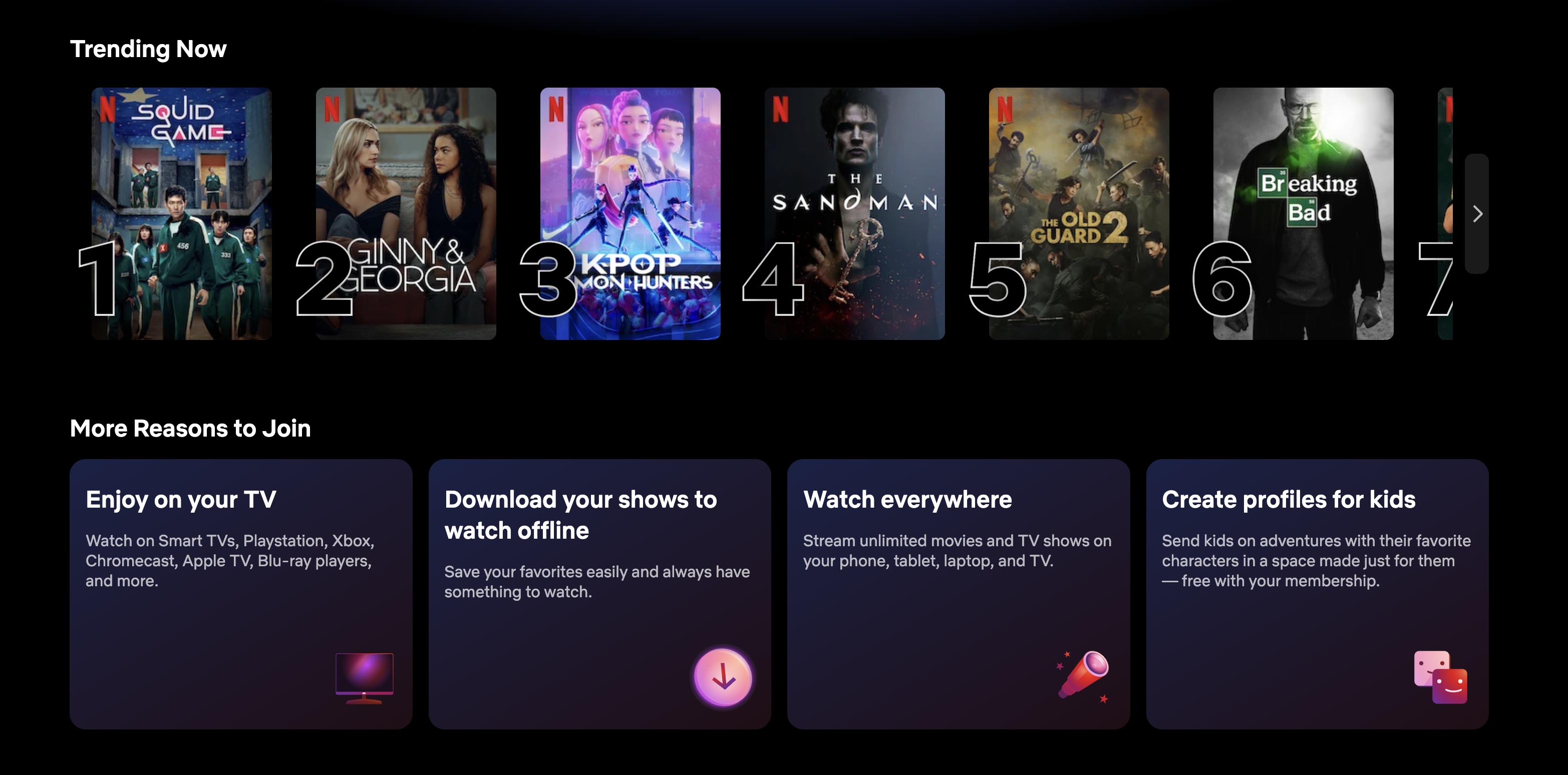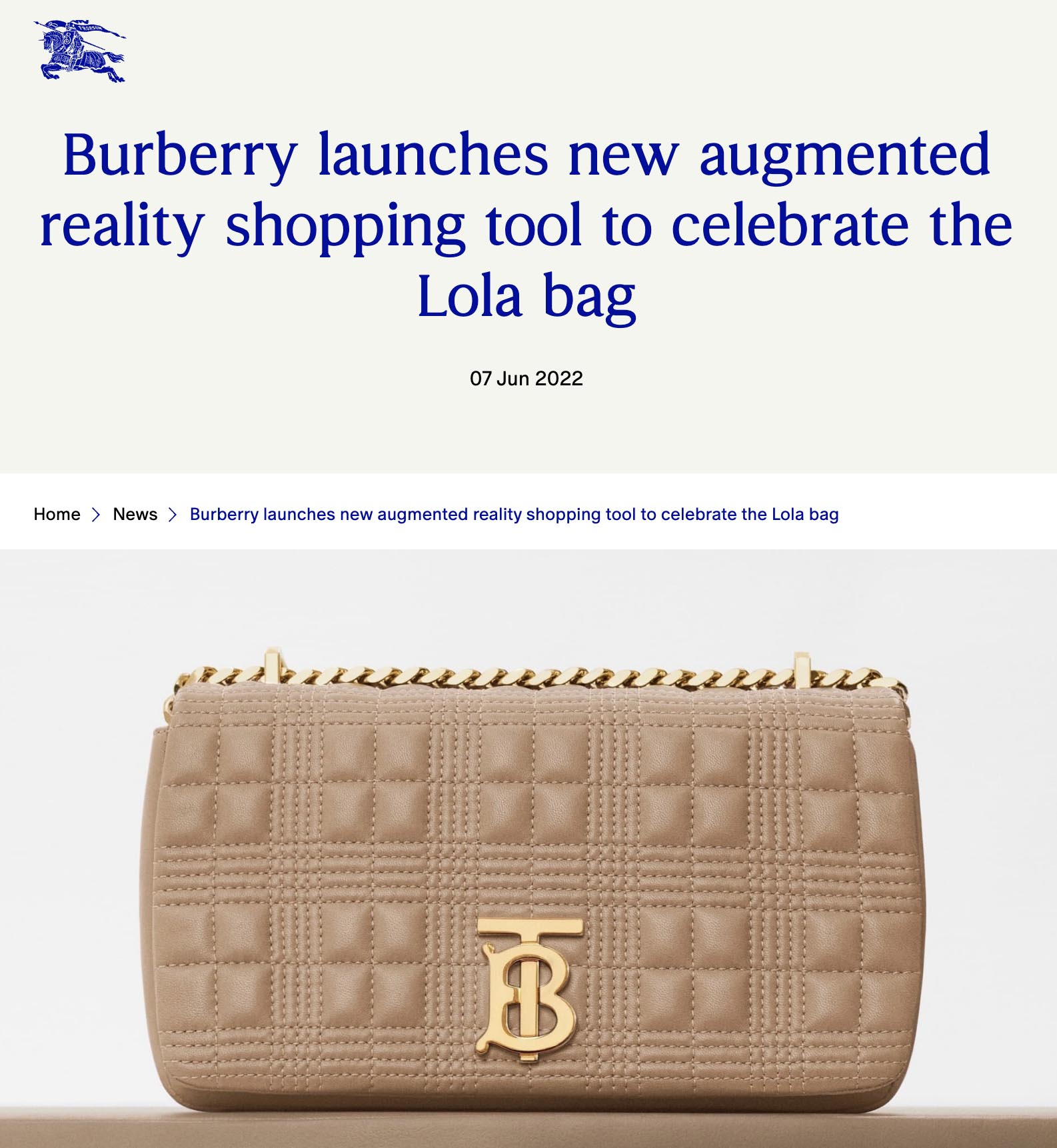Not too long ago, the typical brief sounded something like: “We need a new website.”
Today, that’s just the starting point. The conversation has shifted to a bigger, smarter ask: “How do we build a connected experience that spans web, mobile, sales touchpoints—and grows with our brand?”
That shift says everything.
Clients aren’t just thinking about launches anymore. They want ecosystems. They’re looking for digital platforms that are modular, personalized, high-performing, and built to evolve. They want websites that learn from user behavior, adapt in real-time, convert, and look stunning while doing so.
AI tools have accelerated what’s possible, but no algorithm can replace strategic thinking, great design, and a vision for connection across every touchpoint. At eDesign Interactive, we’ve felt this shift firsthand. We've evolved with it—building beautiful, high-performing digital experiences that deliver on today's goals and anticipate tomorrow's needs.
Sure, many clients still come to us for “a new website.” But what resonates most is knowing we think far beyond just a site launch. We build connected digital experiences—and that mindset is baked into everything we do.
In the article, we share how we define connected digital experiences and how some of the world’s top brands are setting the standard.
Most consumers no longer move in a linear path from awareness to purchase. They jump between apps, devices, platforms, and channels, expecting brands to meet them wherever they are and deliver a seamless, personalized journey while doing so. This is where connected digital experiences come into play.
Connected digital experiences are the cohesive, personalized, and continuous interactions a user has with a brand across multiple digital touchpoints. These experiences blend content, data, and technology to guide users fluidly from one channel to the next. It’s not just about having a website, a social media presence, and an app—it’s about making them work together to tell a unified story and respond to user behavior in real time.
Take Apple's digital ecosystem, for example. A user might start browsing iPhones on the Apple website, get retargeted on Instagram with ads showcasing accessories based on their browsing history, visit an Apple Store where the app automatically pulls up their wish list, and later receive a follow-up email tailored to the devices they interacted with. Each experience feels like a chapter in the same conversation. This isn’t accidental; it’s a carefully orchestrated ecosystem built around user data and innovative design, where app behaviors, social retargeting, in-store engagement, and follow-up communications are all part of a smooth, connected Apple experience.
Another standout example is Nike. Its mobile app doesn’t just sell products—it learns from user behavior, fitness goals, and shopping habits. Users who log runs in the Nike Run Club often see performance-based recommendations on the Nike website, along with curated content from athletes they follow. When Nike launched its "You Can’t Stop Us" campaign, it lived simultaneously as a viral video, a motivational push notification, and a fully immersive section on the website with interactive visuals and exclusive member rewards. The message was everywhere—but never redundant. More than a video, it was a cross-channel, deeply personal, and purpose-driven experience.
Netflix is another master of connected digital experiences. Their web platform, mobile app, email marketing, and smart TV interfaces are all designed to pick up exactly where you left off. If you watch a documentary on your TV and pause midway, your phone will gently remind you later. The recommendation engine remains consistent across devices, showing you not just what’s popular, but also what’s relevant to you. Nearly every user sees a unique homepage, tailored with personalized rows, artwork, and titles driven by their viewing habits. In fact, about 80 % of content consumption on Netflix originates from these algorithmic recommendations. This consistency in personalization is why Netflix feels like a friend who knows your taste, not just a content provider.

Luxury brands like Burberry have also stepped up their game. The brand connects runway shows with its e-commerce experience. Shoppable Instagram posts, immersive AR filters, and geo-personalized store locators create an ongoing dialogue with the user. Someone might watch a live-streamed fashion show, click on a product tag to view it in 3D via AR, and then receive a tailored invitation to a local pop-up event—each moment reinforcing the brand’s identity and exclusivity.

The key ingredient in all these examples is integration. Brands that master connected digital experiences don’t treat their platforms as separate entities. They use data intelligently to predict intent, craft messages that respond to behavior in real time, and eliminate friction between channels. It’s storytelling meets system design.
In an era where attention is scarce and loyalty is hard-won, connected digital experiences offer a significant competitive advantage for your brand.
If you're ready to build a connected digital experience or take your website to the next level, let’s talk. At eDesign Interactive, we turn vision into engaging digital ecosystems.